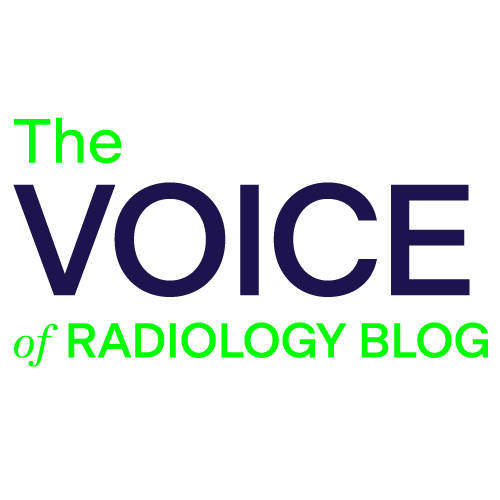Caroline Chiles, MD, Professor of Radiology at Wake Forest University School of Medicine, contributed this post.
The American College of Radiology® (ACR®) has been working on research registries for more than 40 years, building expertise and resources as a preferred partner and center of excellence. Last week, the ACR launched its newest effort, the ACR National Clinical Imaging Research Registry™ (ANCIRR). The ANCIRR – pronounced ‘answer’ – provides answers to the critical questions we have, and positions us to answer questions that have not yet been formulated.
ANCIRR has the potential to efficiently move medical advances forward through federal agencies, such as the National Institute of Biomedical Imaging and Bioengineering (NIBIB)-funded Medical Imaging and Data Resource Center (MIDRC), and through technology creators. The need for such coordination when addressing complex scientific questions has perhaps never been greater.
Our fight against the COVID-19 pandemic is ongoing. As radiologists, we are uniquely positioned to aid in this battle by making significant contributions to clinical research. That’s why Wake Forest Baptist Health decided to get involved with one of the registries that make up ANCIRR.
In April 2020, the ACR COVID-19 Imaging Research Registry™ (CIRR) was created to collect clinical data and imaging performed as part of routine clinical care in diagnosing and treating patients throughout the United States who have tested positive for COVID-19. In addition, CIRR will collect the same data elements on a control population of patients who have tested negative. Although there are other registries collecting clinical data in COVID-19 patients, the inclusion of imaging makes CIRR unique, fueling more robust and impactful research than clinical data collection alone. CIRR is one of two ways that COVID-19 imaging data is collected by MIDRC, funded by NIBIB.
In some instances, when testing for COVID-19 was limited, chest radiographs and chest CT were used to help identify those who were sick. The pattern of predominantly peripheral ground glass opacity, a pattern associated with organizing pneumonia, on both chest X-ray and CT, went from a fairly uncommon observation to one we were seeing every day, all day. Now we know that COVID-19 can have cardiovascular and neurologic effects as well.
The registry collects all imaging — ranging from conventional chest radiographs to brain MR — from patients of all races and ethnicities, ages, body types and geographic areas, both urban and rural. The registry will also allow researchers to query the dataset for specific types of patients or specific imaging procedures.
Wake Forest Baptist Health is proud to be the first of many sites to contribute case images and anonymized patient health information to fuel the CIRR, which will be key to a better understanding of how we diagnose, treat and ultimately eliminate this disease.
Your involvement with ANCIRR efforts will result in medical advances to further address health crises such as COVID-19 and beyond. So, how can you get started?
Our first step at Wake Forest was to submit the CIRR protocol to our Institutional Review Board (IRB). Although IRB provides permission to conduct the research, permission to share data outside your hospital must be obtained by your legal department. Getting legal approval for this Health Information Portability and Accountability Act-limited data set can be a lengthy process. While you’re waiting for approval, I recommend assembling a team of individuals who have the technical background needed for data collection and transmission. For me, that team includes a neuroradiologist co-PI, a systems analyst for clinical data extraction, and a systems manager in Radiology who facilitates upload of imaging.
Once your approvals are complete and your clinical data and imaging are gathered, ACR provides options for uploading clinical data and imaging to the registry – either the TRIAD™ platform, or their newer platform, ACR Connect™.
At this point, our team at Wake Forest is uploading imaging on all COVID-19 positive patients seen within our network from early 2020 through January 2021. Our next step will be to upload a comparable number of COVID-19 negative patients to serve as a control population, and then move on to cases seen since February 1, 2021.
If you’re interested in joining us and being part of this very important effort – and I don’t think there has ever been a more important effort for us as radiologists – I encourage you to learn more about the CIRR and the other ANCIRR registries, and find out how you can become a data-contributing site.
Please share your thoughts in the comments section below and join the discussion on Engage (login required).


